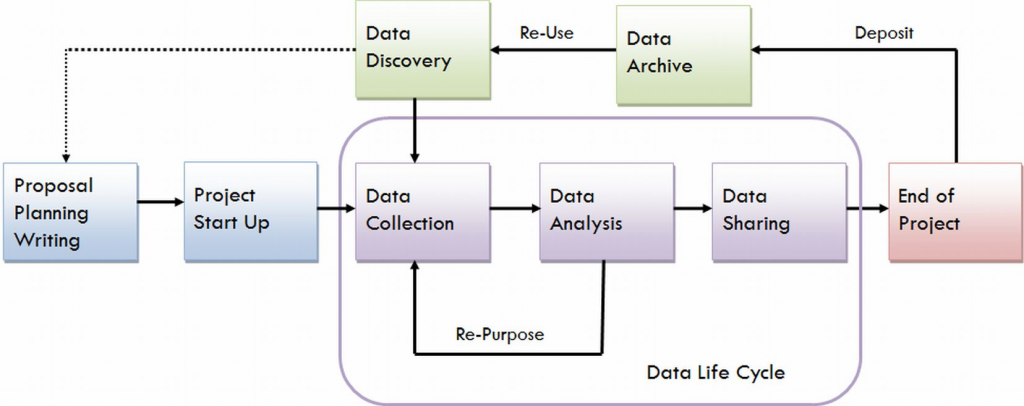We consult with researchers on how to collect, organize, document, store, share, and preserve their research data throughout the project and after it’s complete. Email our RDM team at dmconsult@virginia.edu to set up an appointment.
We can help with:
- Funder requirements: Help drafting or reviewing your data management plan, selecting appropriate active data storage, choosing a repository, and preparing research data for end-of-project archiving.
- Data management plans: Information about the data management requirements of the Federal Agencies is available on the Federal Agency Funding Guidelines page. Our Data Management Planning Support page has more information, including about DMPTool and DMP templates.
- Data sharing: Help to determine the best approach for sharing your data during your project and after it has completed. See our guide section on Data Sharing and Preservation for guidance and useful resources.
- Best practices: Learn more about best practices (including making data FAIR) to ensure your research data will continue to be available in the future.

NEWS: In 2022, Dr. Alondra Nelson of the Office of Science and Technology Policy issued a memorandum ("the Nelson Memo") requiring all federal agencies to update their public access policies by the end of 2025. Expect upcoming changes to policies regarding open access and data sharing for all federally funded research. For additional information visit our Federal Agency Funding Guidelines page.
- LibGuide: Our Research Data Management Guide has our recommendations and best practices for research data management, including writing DMPs, organizing and naming files, creating documentation and metadata, data storage and backup strategies, and preparing for data sharing.
- Funding discovery: The Grants and Funding Subject Guide explains how to use the GrantForward funding discovery tool licensed by the Vice President for Research, provides links to additional resources, and resources to help you write the perfect proposal.
- Workshop materials: You can find materials from past data management workshops at our Past Workshop Materials page.
You may also be interested in:
- Our StatLab, where you can get expert guidance on data wrangling and processing, data visualization and analysis, statistical modeling and computational methods.
- Our data discovery services, for support finding and understanding existing data sources.
- Libra Data, UVA’s instance of Dataverse, where you can deposit and discover UVA datasets and other scholarly data. To learn more, contact libra@virginia.edu.
- Subscribe to our monthly Research Data Services Newsletter to learn about new resources.
